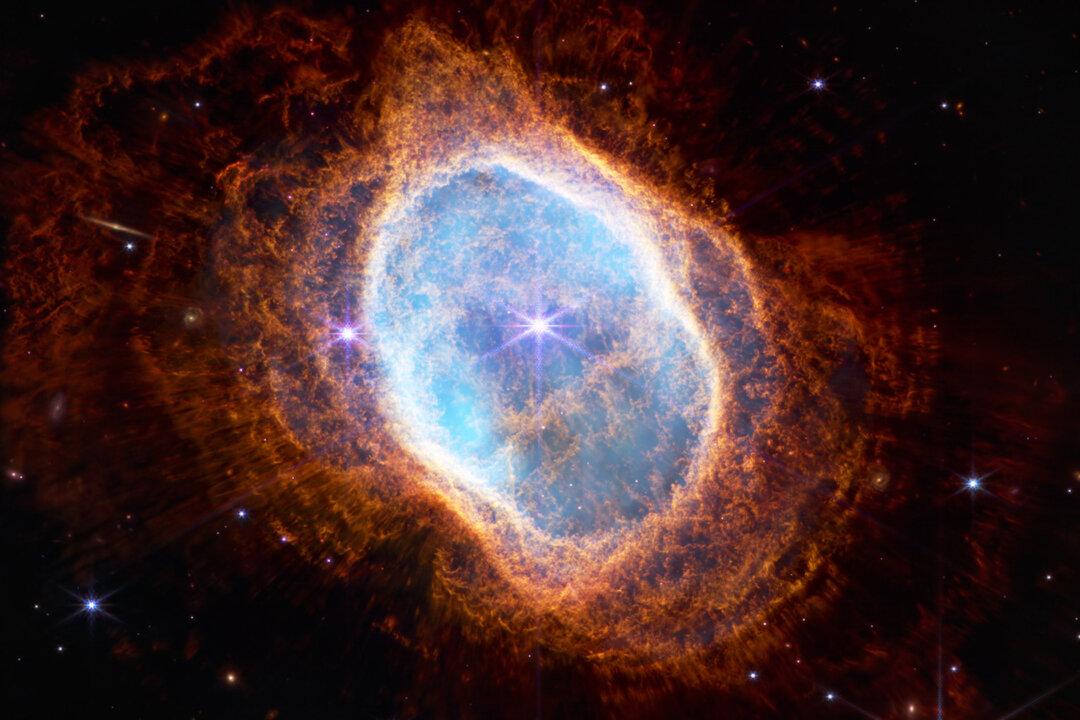NASA just kicked off the “dawn of a new era in astronomy” this week releasing the first full-color images and spectroscopic data from its new James Webb Space Telescope.
It’s the “largest and most powerful space telescope” the world has ever seen, the space agency stated.






